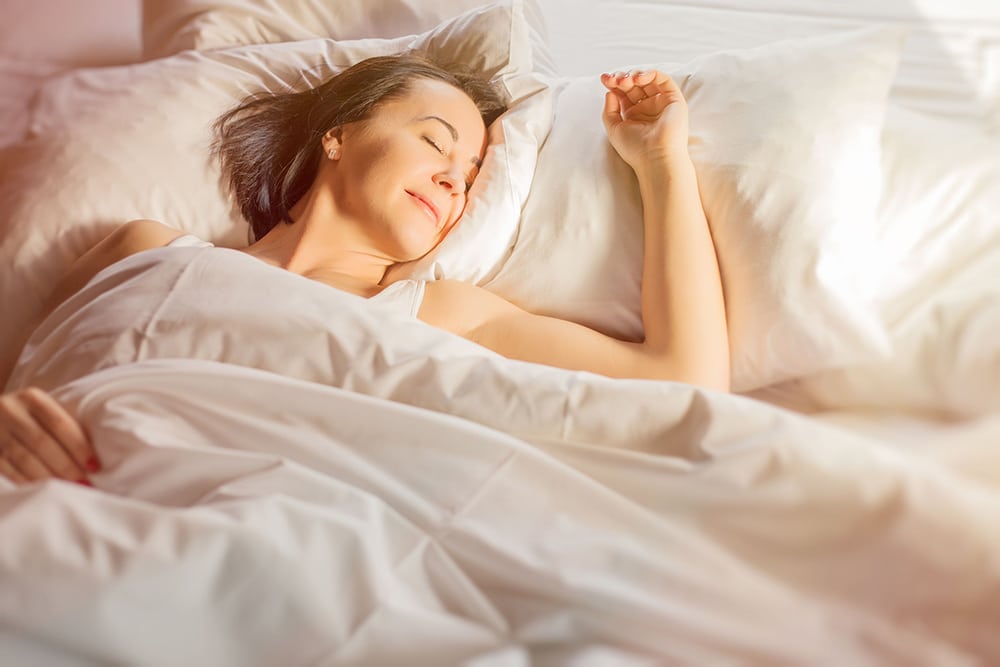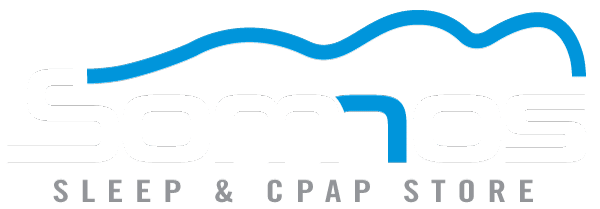
Enhancing Your Comfort and Convenience
- Appointments are generally available at your convenience.
- We are accepted by Medicare and most major insurance companies.
- We assist patients with insurance filing.
- Front-door parking provides easy access.
- Testing is less expensive at Somnos compared to hospital options.
- We are always happy to talk to patients about any aspects of our services or to provide information regarding diagnosis and treatment recommendations.
Here's what you can expect.
Your appointment will only take 10-15 minutes. During this time we will explain the purpose of the Home Sleep Test and how to use the device.
You will take the Home Sleep Test device home and perform the test in the comfort and convenience of your own home.
The next day you’ll drop the Home Sleep Test device off at our office. We’ll get it scored and sent out to the board certified Sleep Physician for review and interpretation. This process can take 5-7 working days.
We will fax the results to your doctor and mail them to you. The next steps we take will be determined by you and your referring physician based on your test results.
Before your appointment there will be some paperwork that we’ll need you to complete. That can either be done online, or at the time of your appointment
Enhancing Your Comfort and Convenience
During your sleep evaluation, the activities that go on in your body during sleep (such as brain waves, muscle movements, and breathing) are monitored by small metal discs (electrodes) which are applied to your head and skin with an adhesive. Flexible elastic belts around your chest and abdomen allow us to measure your breathing effort, and a device called a thermocouple (which looks like a small piece of wire covered in plastic) is placed near your mouth and nose to measure the temperature change as you breathe in and out. The technician will explain all procedures and will be happy to answer your questions about the study.
Although we call the procedure of attaching these items the “hook-up” there are no hooks involved and no needles. The hook-up is not painful and is designed to be as comfortable as possible. Many people ask us how they will be able to sleep while connected to these electrodes and belts. Most people find that once they lie down in bed they do not notice the wires and can sleep in a variety of positions comfortably. The electrode wires are gathered into a “pony tail” above your head so that you can change position in bed almost as easily as you would at home.
During the night…
Once the hook-up is completed there will be a short test to make sure that everything is working properly. The technician will give you some commands, such as opening and closing your eyes, to check the recording signals. If you wish, you are welcome to read for a while before “lights out”. You can arrange a wake-up time with the technician before you go to bed. Usually the sleep study lasts at least six hours, but not much longer than eight hours. During the night the sleep technician is in a separate monitoring room to assure that a quality sleep recording is made. An infrared camera and intercom are in your bedroom so that the technician can note your sleeping position and any snoring or breathing sounds that you might make.
It’s not difficult to get up to use the bathroom during the night. You will just need to call for the technician and he or she will come in to disconnect the cable (it takes about 30 seconds) before you get out of bed.
In the morning it takes about 20 to 30 minutes after you awake to remove the electrodes and go through a short questionnaire. If you prefer, you may shower and clean up at the sleep center before you leave.


